A critical component in food safety is the detection of contaminants. One of the worst nightmares of anyone working in food processing, is finding something in the final product that is not supposed to be there. This can cause costly product loss, clean-up and maintenance costs, and the potential for recalls and/or litigation. Even though everyone tries to prevent foreign object contamination, pieces of tools such as scrapers can break off, or items such as pens can fall into the product. To make sure that these items are caught, and that contaminated product does not make it out the door, many plants utilize metal detection devices and products.
Metal detectable products are constructed of a few different materials. They are often blue for easy visual detection. Blue is also the most common non-food color. Metal detectable products are made through a unique manufacturing process that involves the inclusion of a metallic pigment. This enables the plastic to be detected. In some objects such as earplugs, a stainless steel ball bearing is enclosed in the plug, making them detectable. A product with embedded metal is only detectable if the product piece containing the metal goes through a detector. With a product that is impregnated, the entire piece has fine metal particles throughout, making the entire piece, or parts of it, detectable.
Metal detectable calibration is an important aspect of a metal detectable program. To maintain calibration, you should periodically check calibration by passing a known calibration test tool under the unit to check for accuracy. Test tools can be made of ferrous, non-ferrous, or stainless steel and include rods, cylinders, balls, whips, cards, and more. Depending on the food being produced, machine calibration must be adjusted and set to a threshold that is determined by the company in regards to the size of contaminant they want the detector to reject. Many things affect the setting of the machine including whether the food is wet or dry, its size, and its speed. If you don’t test your calibration, the metal detector can allow larger pieces of foreign object contaminant to get through than the threshold setting, which threatens the finished product’s safety.
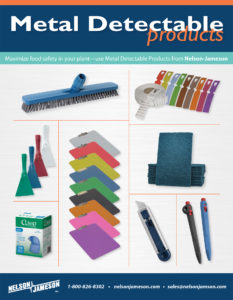 Nelson-Jameson can help you start or expand your Metal Detectable program with our wide range of products. Our new Metal Detectable Flyer features 32 pages of products ranging from writing utensils and office supplies to calibration tools and scrapers. We also have metal detection and x-ray equipment from Valcour Process Technologies to help enhance your program. Request your free copy of our flyer, or visit our website to download it today!
Nelson-Jameson can help you start or expand your Metal Detectable program with our wide range of products. Our new Metal Detectable Flyer features 32 pages of products ranging from writing utensils and office supplies to calibration tools and scrapers. We also have metal detection and x-ray equipment from Valcour Process Technologies to help enhance your program. Request your free copy of our flyer, or visit our website to download it today!
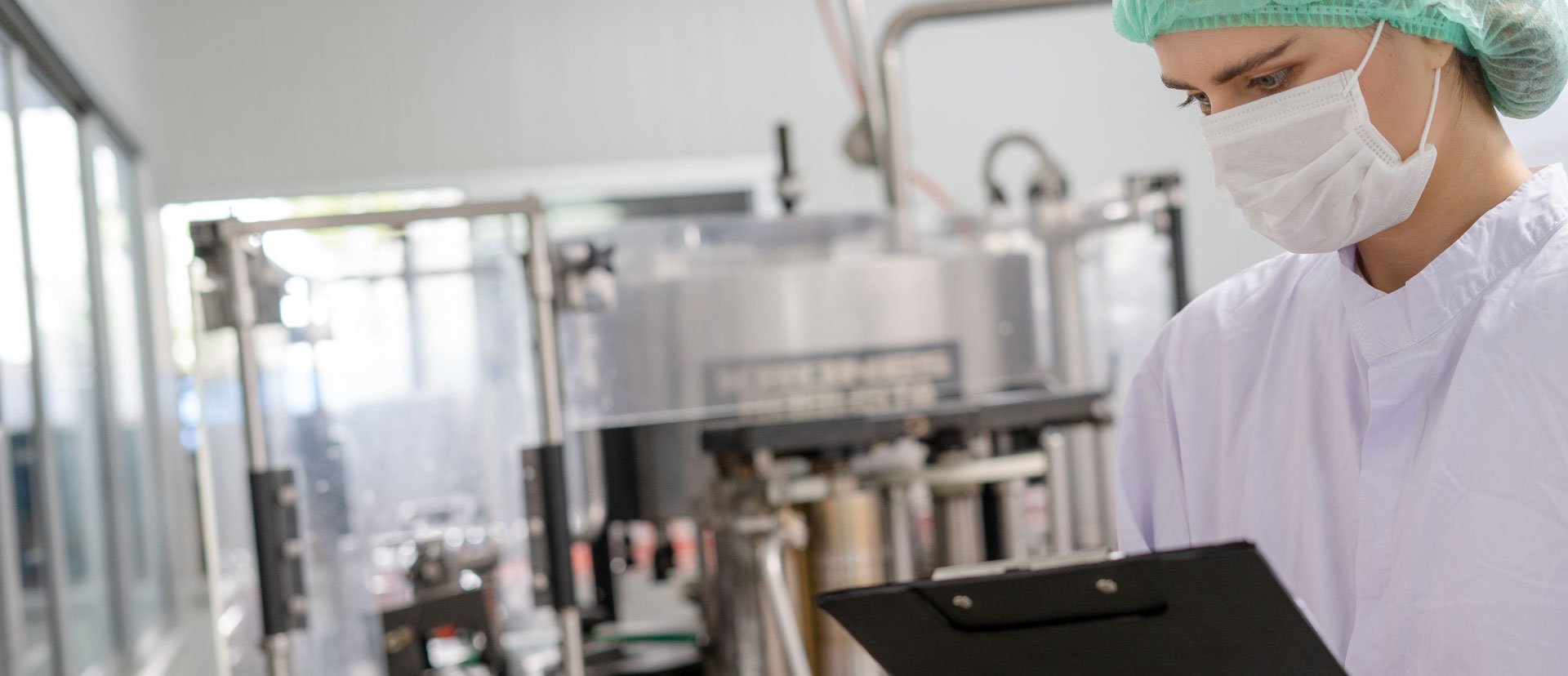
December 10, 2025
What is OSHA's Regional Emphasis Program (REP) for the food manufacturing industry? The OSHA Regional Em...
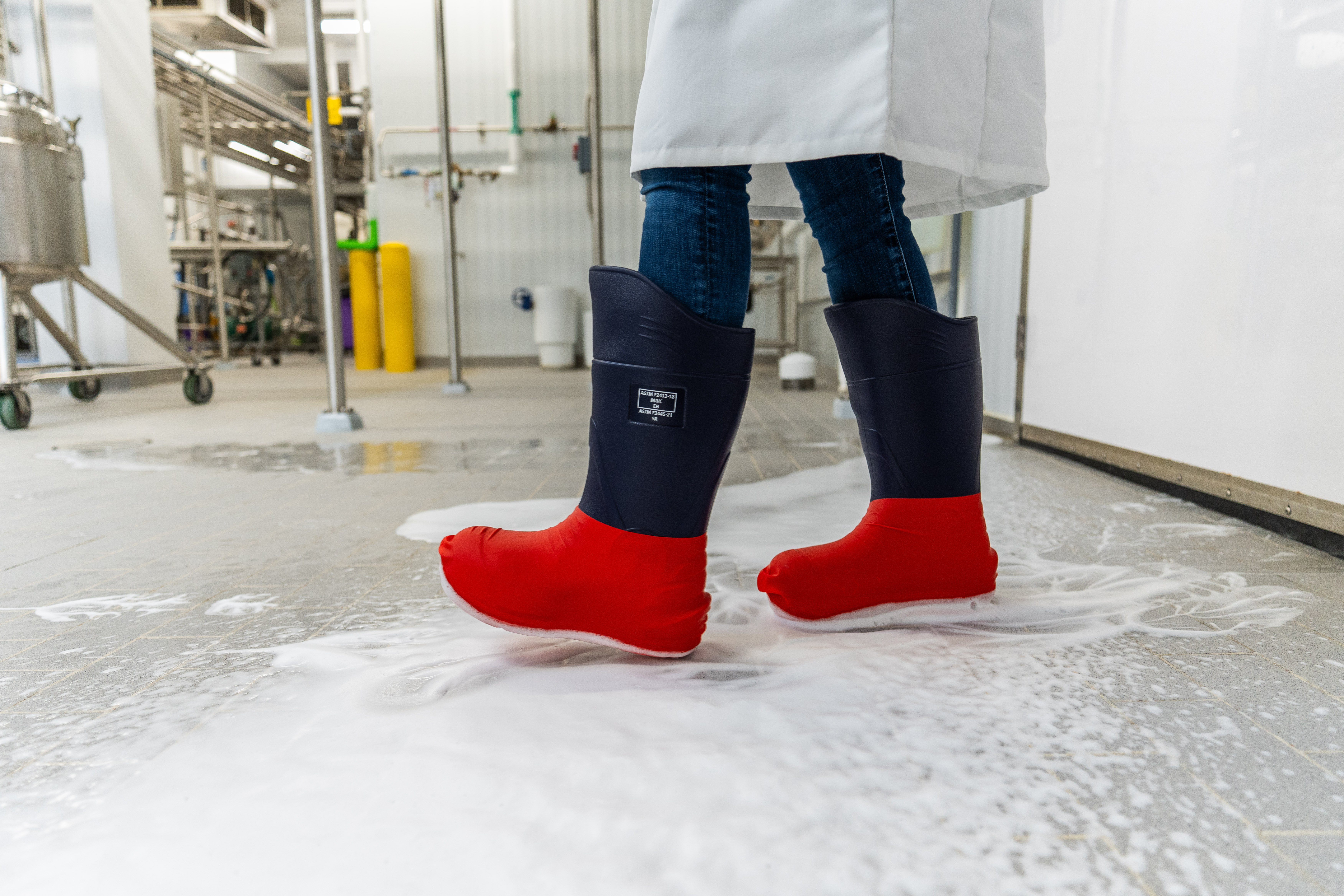
December 8, 2025
There is a fundamental connection between worker safety and food safety: A failure in worker safety can ...
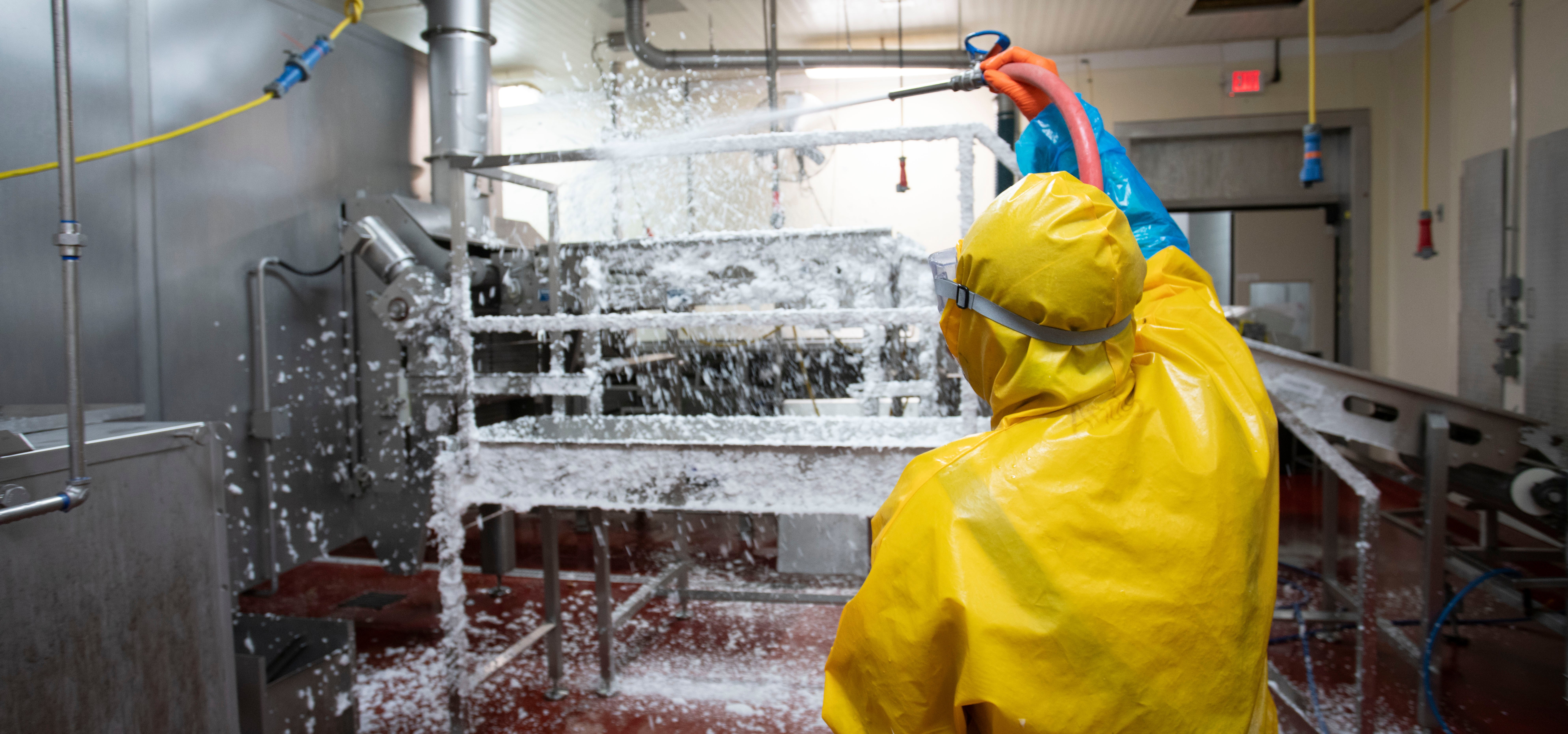
December 1, 2025
Nelson-Jameson understands that efficiency and worker safety are equally important goals in food manufac...
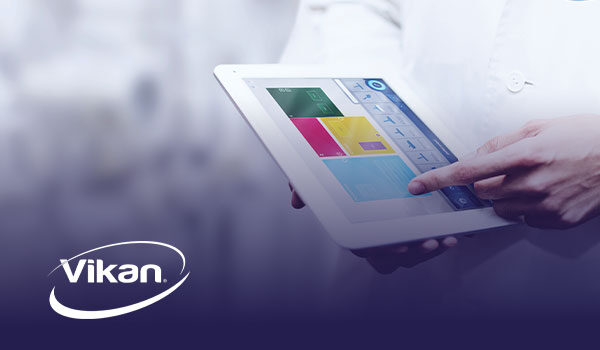
Recognize and address possible hygiene and sanitation challenges based on the cleaning and material handling equipment available in your facility.
Through a discovery call, virtual, or on-site assessment, Vikan SQF Practitioner certified specialists will assist in confirming that your system and cleaning tool inventory aligns with your risk management objectives while pinpointing any missing tools and enhancing maintenance and usage practices. Evaluate whether your existing tools are utilized in the most effective manner, or determine if a more suitable tool exists for the task at hand. Ensure that your tools comply with all relevant standards and regulatory requirements. Site evaluations encompass a summary survey, an overview of the location, a color-coded factory layout plan, product suggestions, a recommended order form, and a proposal for a follow-up survey.
Food Safety, Sanitation, Cleaning Tools, Color Coding
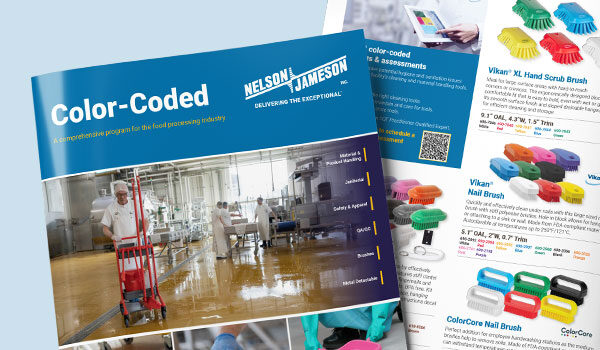
This is a comprehensive program for the food processing industry. Nelson-Jameson brings together the most extensive collection of color-coded products for material handling, product handling, janitorial, safety, apparel, QA/QC, and metal-detectable applications. With the right pieces, a color-coding system is a powerful tool in preventing cross-contamination of allergens and food-borne illnesses that can lead to sickness or expensive product recalls.

Food Safety, Sanitation, Cleaning Tools, Color Coding

Food Safety
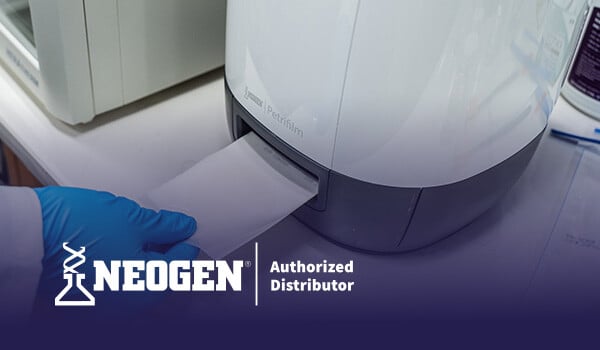
Get Petrifilm Certified through our complimentary immersive workshop for managers, personnel, and teams. The workshop offers practical knowledge through hands-on training and networking with industry professionals and experts. Attendees gain an in-depth understanding of Petrifilm technology and valuable insights into effective environmental monitoring practices. Participants leave with a certification and a wealth of resources that can significantly contribute to elevating their plant's quality control standards.
Food Safety, Sanitation, Laboratory